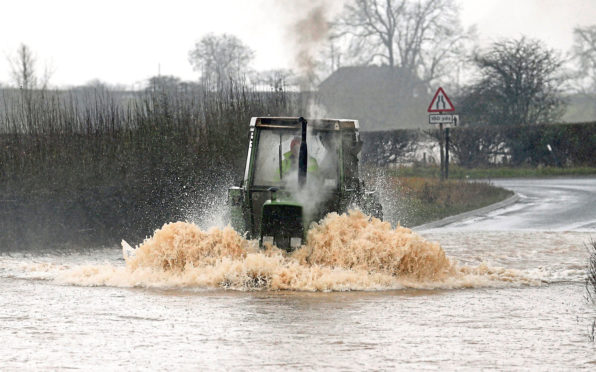An hour-long webinar on regional land use partnerships was never going to make for riveting evening viewing.
But surely I wasn’t the only person watching the farmers’ union conference on Thursday night and shouting at the screen, pleading with the speakers to stop using quango-speak and just explain simply what these new partnerships will do, how they’ll be funded, how regional boards will be selected – and what impact they’re likely to have on Scottish agriculture?
Make no mistake, these RLUPs are in the pipeline, they’re in the Programme for Government and – one thing I DID learn – the first “early adopters” will be up and running by the end of 2021, before the regime gets rolled out across the country.
We heard they are a “step change” in the way land use decisions – on flooding or the management of species such as beavers or geese, for example – will be made in future.
Other than that, I’m still scratching my head trying to make sense of it all, and I suspect I’m not alone.
The questions, which came thick and fast from familiar names in the virtual audience, were by far the most interesting part of the evening as they exposed the huge holes in the thinking and planning of the officials who are drawing up the policy.
Viewers wanted to know the intended benefits of the RLUPs; if they simply amount to a “land grab”; what powers they would have; and if farmers – the main users of land, after all – would be assured a voice on each regional board?
There was no clarity on any of these, although I think the answer to the last query was “no guarantee”.
Someone asked if splitting funding on a regional basis meant farmers in one area could become commercially disadvantaged to those in a neighbouring region, and another wanted to know how the early adopters will be selected.
Several people were curious about how food production fits into the thinking.
Most tellingly, both speakers were stumped when asked how RLUPs would relate to – or have an impact on – Scotland’s arable areas.
Little wonder NFUS released a statement yesterday questioning the lack of detail and asking, in a polite way, if RLUPs amounted to no more than just another layer of bureaucracy.
If, however, these new partnership could lead to a level of co-operation that delivered benefits such as regional support for new processing facilities to add value to farm produce, or a more inclusive approach to some of the huge issues facing the land-based sector, bring them on.
In the meantime, the industry needs more than theory, buzz words and piecemeal information.







